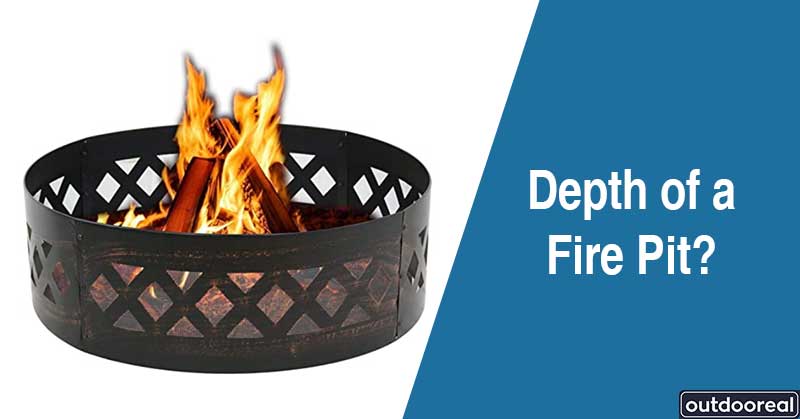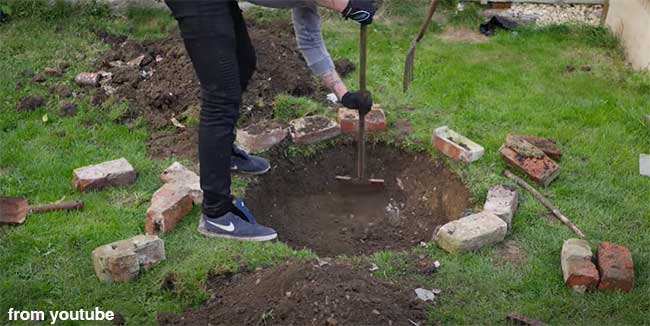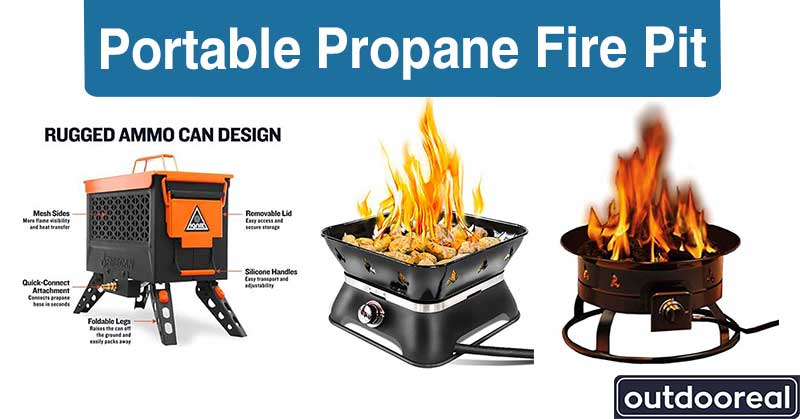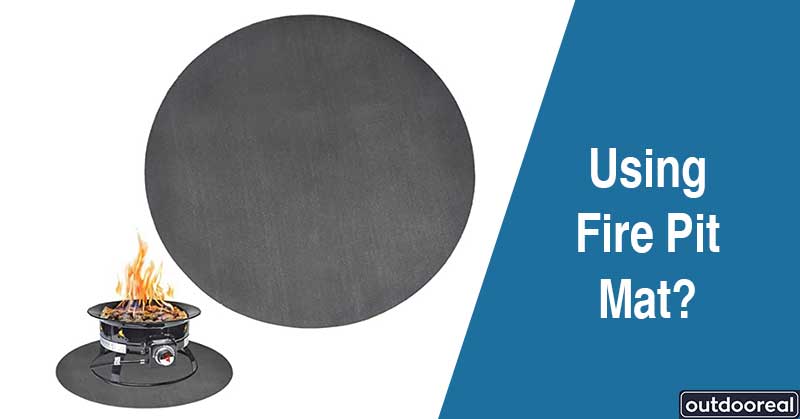An ideal depth of a fire pit is 12-18 inches. However, it depends on how bottomless you want your fire pit to be. Generally, the hole is made around 6-12 inches in building an inground fire pit.

Is a More Bottomless/Deeper Fire Pit Better?
A deeper fire pit can offer you certain benefits, but it is not better for every situation. It mainly depends on what you want to use the fire pit for.
A more bottomless fire pit is better in case of two factors mainly:
a) Safety: The more bottomless fire pits tend to hold fire in a lower place than the surface, and as a result, the fire comes into contact with surface furniture, dry leaves, and debris that may come flying from anywhere. This reduces the chances of ignition and much-unpredicted fire disaster. Also, the fire pits on the surface have a more significant opportunity of tipping over and catching fire if the base and texture are not smooth and level. However, in the case of a ground fire pit, it has zero risk of tipping over at all.
b) Holding an intense fire: As the fire pit is down to several inches from the surface, the fire does not catch wind easily, so it burns effectively and smoothly. You do not have to get worked up about the wind putting the flame off.
What About Drainage System?
If your area suffers from regular rain, installing a drainage system must be installed. Also, if the soil doesn’t drain well enough, you must make a trench from the middle. The French drainage system is viral for inground fire pits. To direct water away from your patio, you can utilize a drainage pipe that extends from the pit’s bottom.
To create drainage, you can take out the pavers or bricks from underneath the fire pit if you’re building over them. The drainage pipe usually has some holes in the pipe body itself. Dig a trench about 10 feet away from the fire pit if you install a drain pipe.
If the bottom of your metal fire pit lacks drainage holes, you can think about drilling some there, this type of holes are called weep holes.
[You may also like: How to stop smoke from a fire pit?]
Does a Fire Pit Need Air Holes?
Yes, and all fire pit requires air holes or underneath ventilation. You should drill a single 2-inch hole every 24 to 36 inches around the pit’s base to ensure appropriate airflow and ventilating system. May it be a wood burning or gas fire pit, airflow is necessary for fire pits because oxygen is required to maintain the flames. The more the fire is contained, the greater the oxygen demand becomes.
When a firepit is located on a wood deck or patio, proper ventilation can also assist in minimizing damage to the surface from fires.

Tips While Digging for Fire Pit
Before digging for an inground fire pit, there are some precautions and steps that you might have to consider for a pleasant experience from the fire pit;
- Ensure the fire pit is placed far from trees, buildings, or other potential fire hazards. So, select and dig into a place considering these factors.
- Dig for about 6-12 inches. Digging too much deep will prevent you from enjoying the fire.
- Even digging deeper, you can use sand or gravel for the base. Adding a 4-6 inch gravel base will help in drainage.
- It is better to check if there is any power supply or pipeline under the location you have selected for digging.
- While digging, calculate the drainage pipeline area carefully.
An inground fire pit is better if it is moderately deep. It will play a good role in ensuring safety and a fine warm experience. For the best experience, keep medium bottomless and be mindful about drainage excavation.






